The garden is many a home’s pride and joy, and outdoor tropical plants sure have a way of bringing a little slice of paradise right to our front door. If you’re considering planting tropical flowering plants or tropical foliage plants in your yard, here are some ideas to get you started. From the dramatic Birds of Paradise to the abundant and buoyant trumpet flower, these tropical plants will delight at every garden party. We also spoke with Michael Alexander, the founder of Austin Plant Supply, about the best tips to ensure tropical plant success. His key tip? Don’t skimp on the soil. «A lot of compost and rich, black, earthy organic material is great for tropical plants,» he shares. «Good soil is huge. A lot of people think they can just go out into their flower beds and break up the existing soil that they’ve had there for years and plant in it. Then they wonder why they’re not doing well. It’s all the soil.» The other important thing to do is know your home’s hardiness zone. According to Alexander, most places in the South have the necessary rainfall to support tropical plants. The limiting factor is the cold. Whether you’re in the Southeast or South Central United States, knowing your plant hardiness zone can help inform your tropical plant selection and set you up for success.
Bamboo
«Bamboo is considered a tropical plant,» Alexander says. «There are several varieties of bamboo that you can use as hedges and as accent plants that are cold hardy.» Giant cane, a type of bamboo which naturally occurs in the United States, can live in zones five through nine. He shares that in Texas, a variety of textile bamboo (bambusa textilis) known as «graceful bamboo» is popular. If you live in an area that can freeze, many kinds of bamboo are reliable. «They usually make it every winter. It can get [down to] 19, 20 degrees and they’re usually fine. Certain varieties of bamboo can give a gardener a tropical look if they select one that is cold-tolerant for their area,» Alexander noted.
Cape Plumbago

Hailing from South Africa, cape plumbago is a flowering shrub with periwinkle- and white- colored flowers that grow on vine-like branches. In the South, you can find it in Texas and Florida, as it is a zone nine to 11 plant. In the right conditions, cape plumbago can grow from 6 to 15 feet tall, and it is hardy. Deer avoid it and the plant is drought tolerant. Plus, it isn’t prone to disease or pests, making it relatively easy to care for.
Ferns
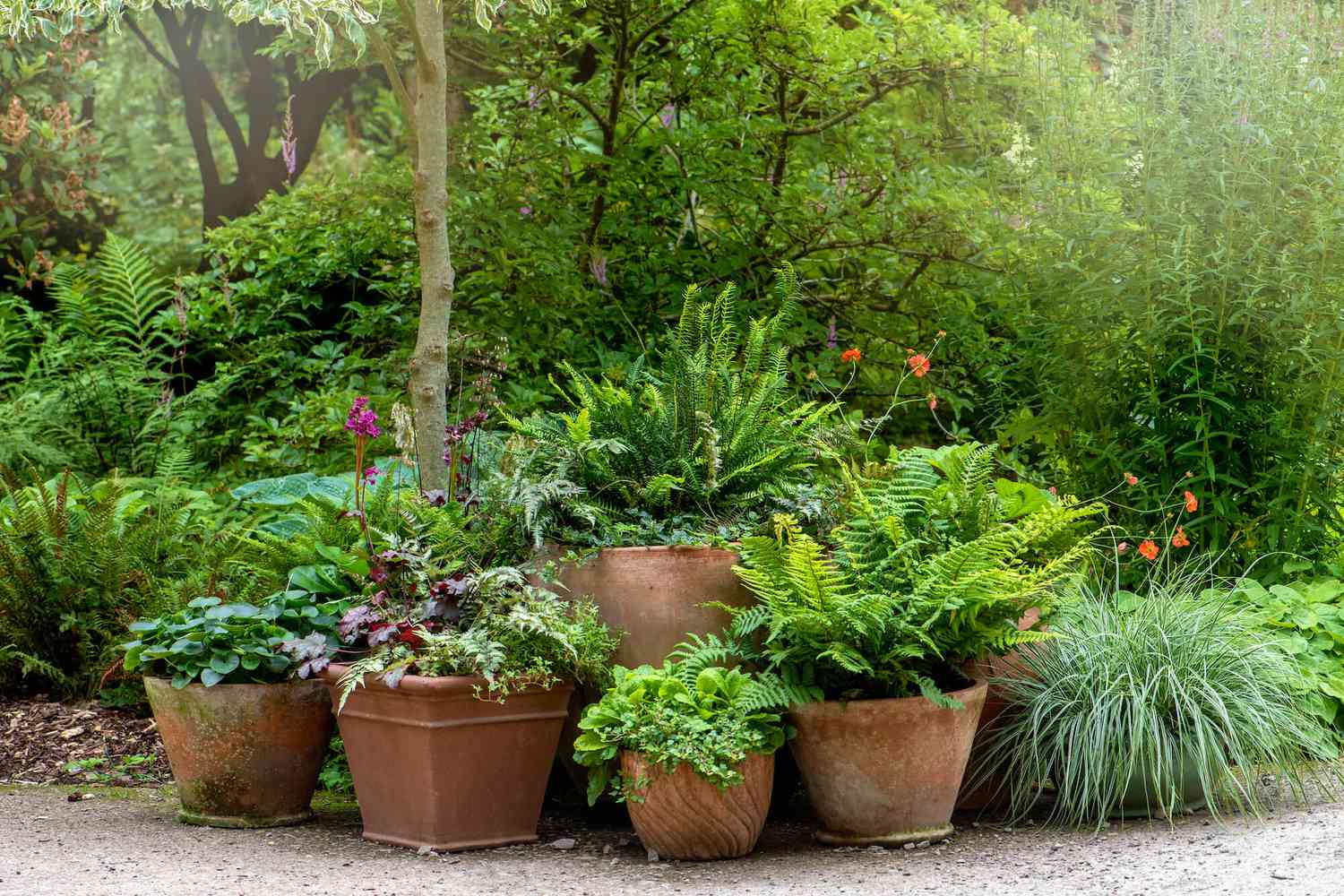
Ferns are extremely versatile: There are many types to choose from, and they can thrive in zones five to eight, making them frost hardy. Ferns grow in many regions, such as the lady fern which naturally occurs across the Eastern and Central United States. Some other types to consider include the Southern maidenhair fern or the ebony spleenwort.
Pride of Barbados
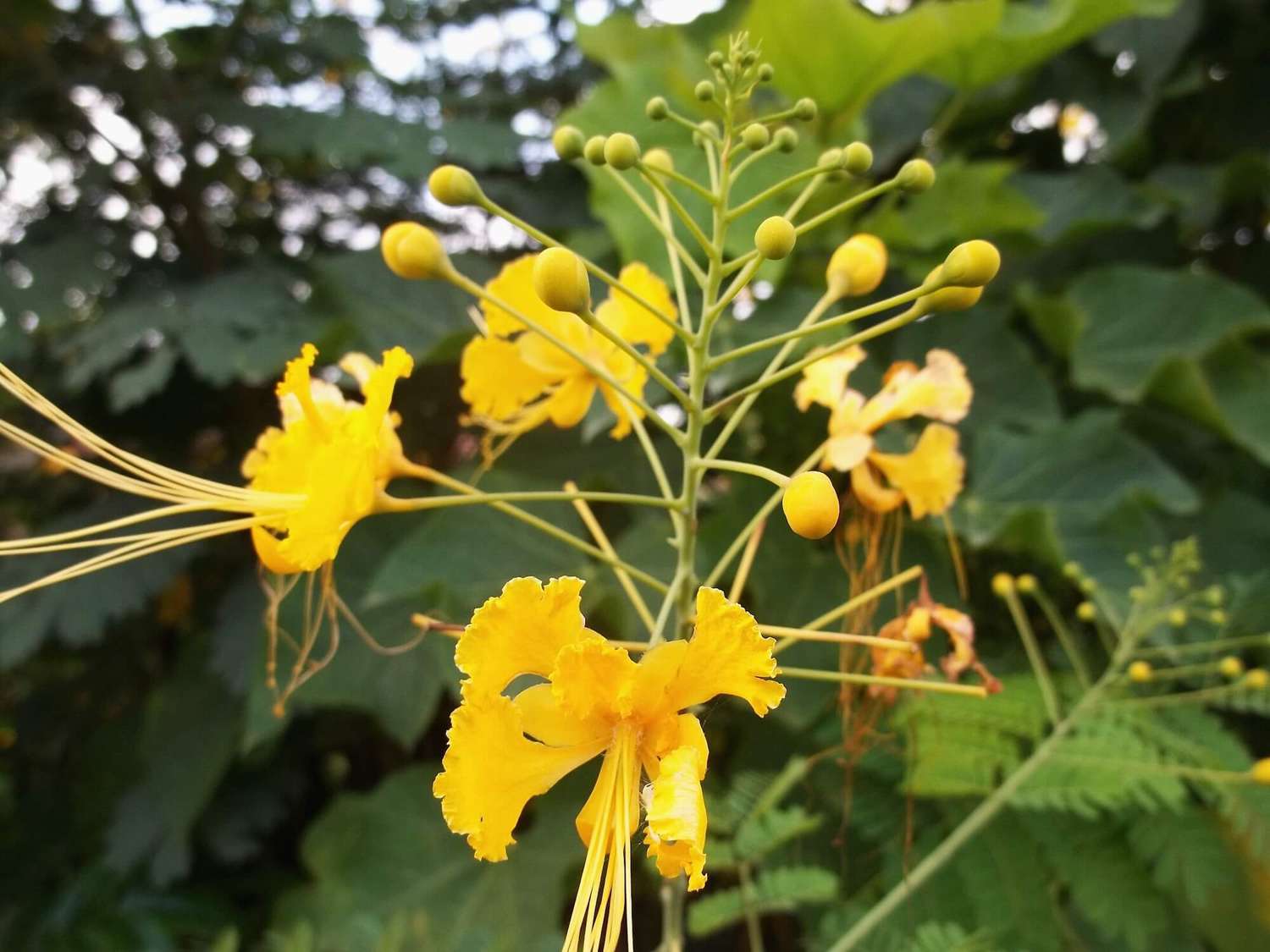
Bold, fun, and bright, the pride of Barbados is the flower you want if you love color. «It’s got really brilliant red, orange, and yellow flowers,» Alexander says. «It loves the hot sun and the heat.» In zone eight, pride of Barbados will come back as a perennial and in zone nine is a deciduous shrub. If you’re in a truly tropical climate (hi, Florida), the plant can grow up to 20 feet tall and is absolutely dazzling.
Esperanza
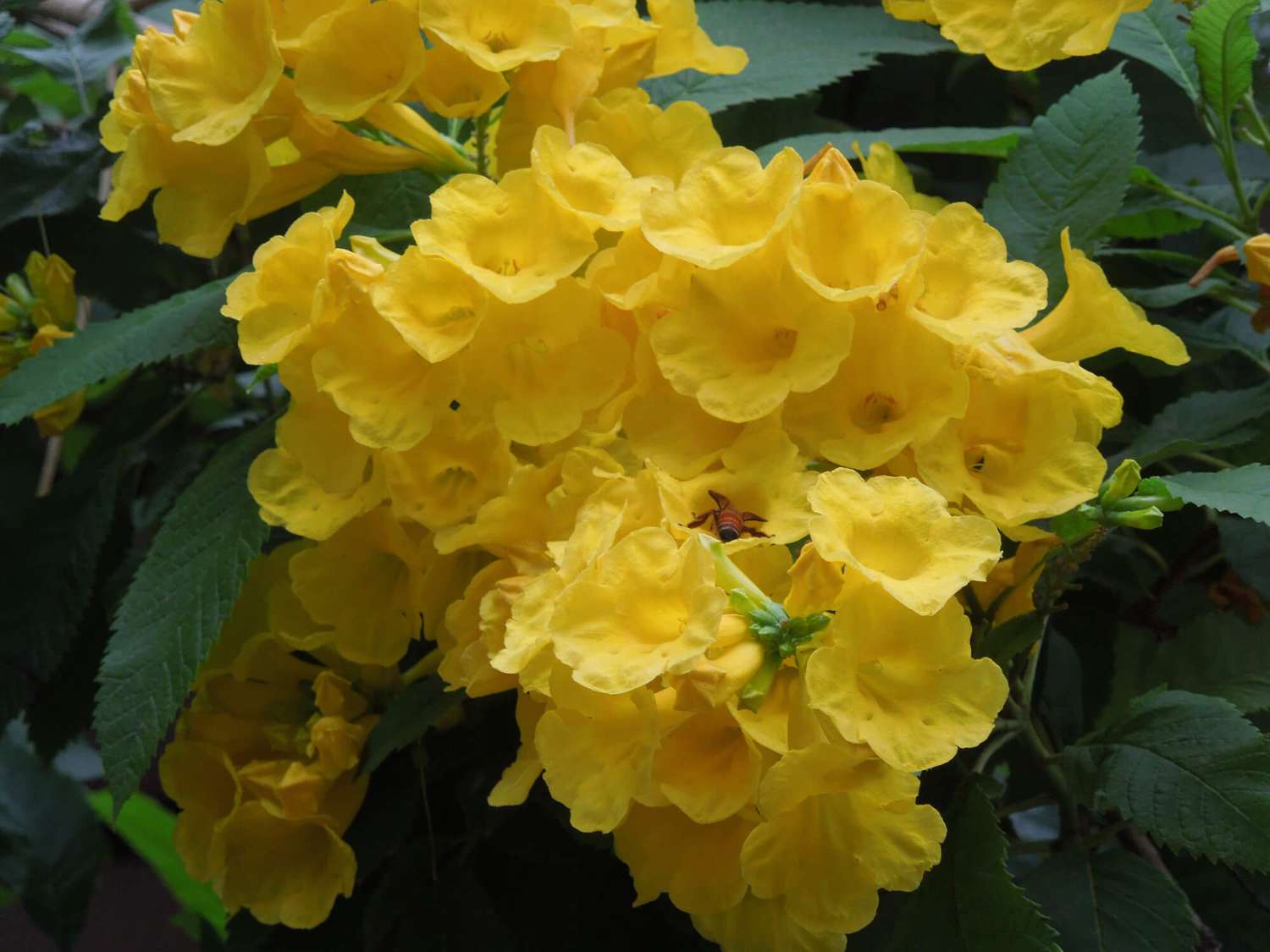
Also known by the name «yellow bells,» esperanza produces golden, trumpet-shaped petals and is best grown as a shrub or tree. It does well in zones 10 and 11, and the happy yellow flower clusters do indeed resemble bells. They’re sure to add buoyancy to your garden and leave all your visitors walking away cheerfully.
Bird of Paradise
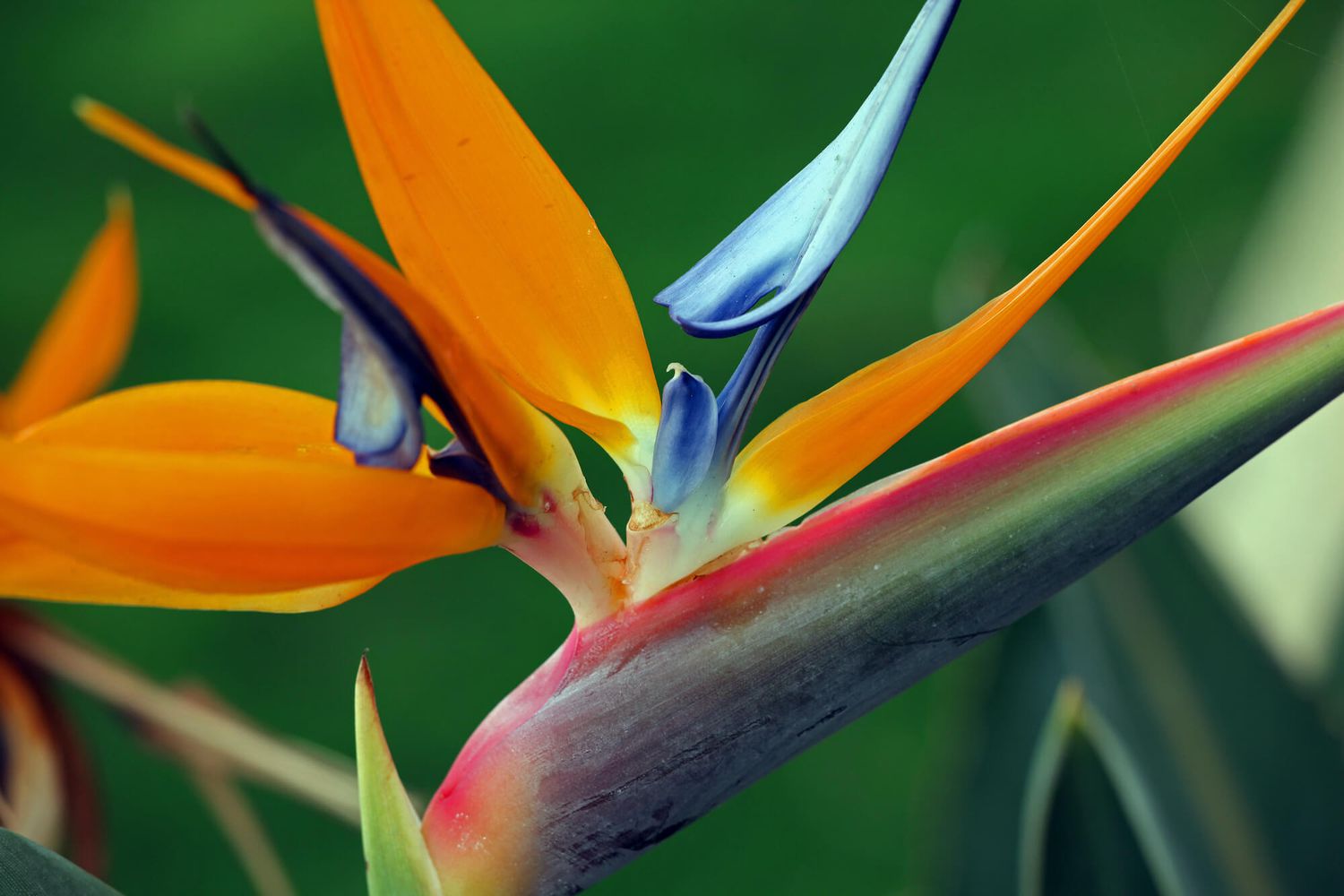
Dramatic with a fiery orange mane, these tropical flowers, which resemble a crane, will thrive in zones 10 through 12, and prefer moderate temperatures of around 55 degrees F at night and 70 degrees F during the day. But the proper care is worth it, since the bird of paradise is the epitome of a tropical plant and a must to bring an idyllic ambience to your garden.
Bougainvillea
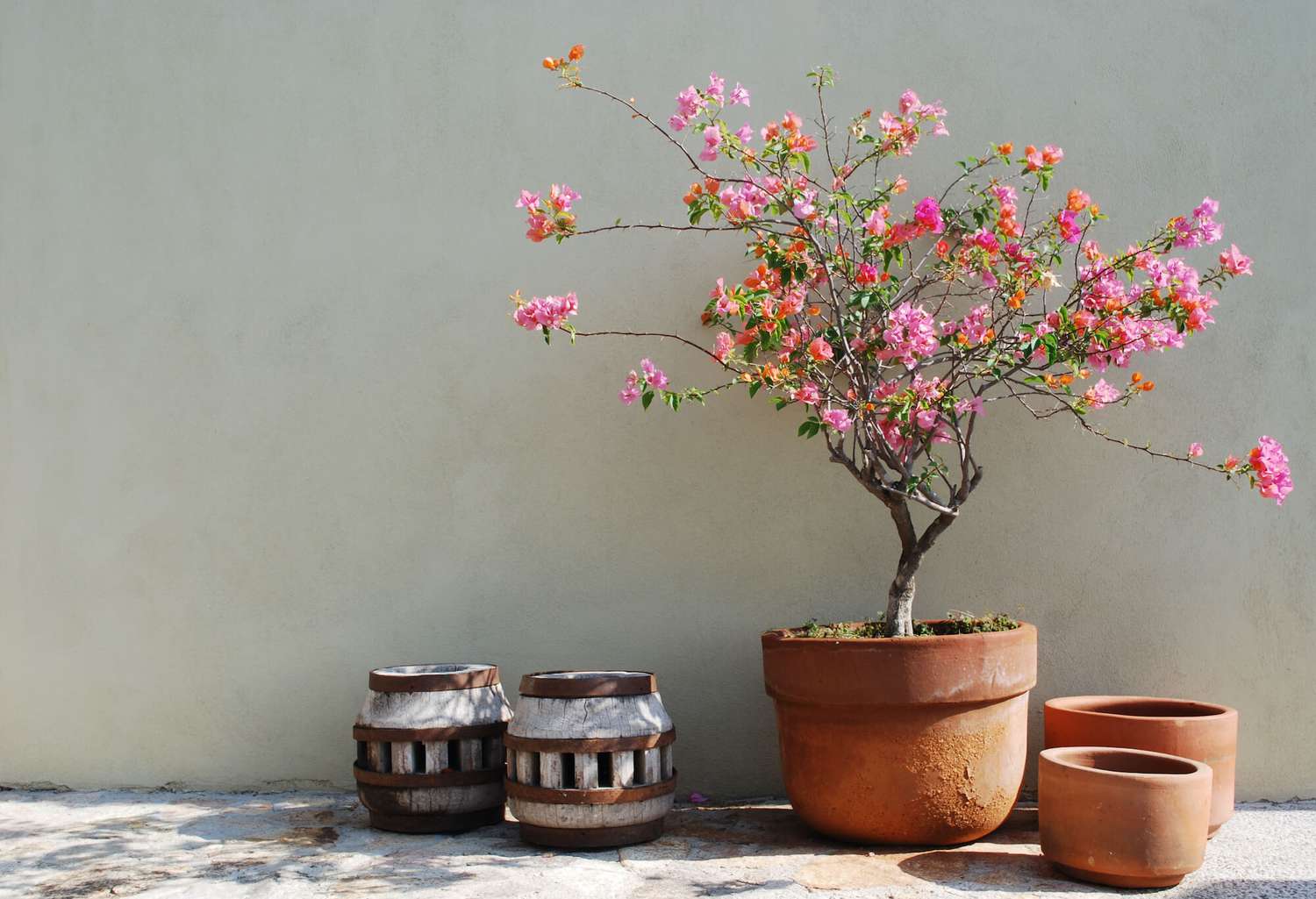
«Bougainvillea is considered semi-tropical,» Alexander says. «If it gets too cold, they will die back to the ground.» However, he also adds that bougainvillea can grow back, provided that the temperature doesn’t take an extreme dive. «If we hit a certain point or certain cold temperature, the roots will get too cold and die. Each tropical plant has a specific tolerance and if the cold weather goes past that threshold, they will not come back,» he shares. For these reasons, especially in cooler climates, Bougainvillea is often treated as an annual best suited for hanging baskets, or as an indoor plant.
Sabal Minor

Alexander sings the praises of the sabal minor as a hardy, cold-tolerant plant that can tolerate a wide variety of habitats and conditions. Alexander says, «It’s low-growing. It’s bulletproof. It’s pretty; it looks tropical and it’s great. [Sabal minor is] a really good one that people should plant. It’s as tough as can be. It can handle sun or shade. It’s drought tolerant but grows well if you water it.»
Croton
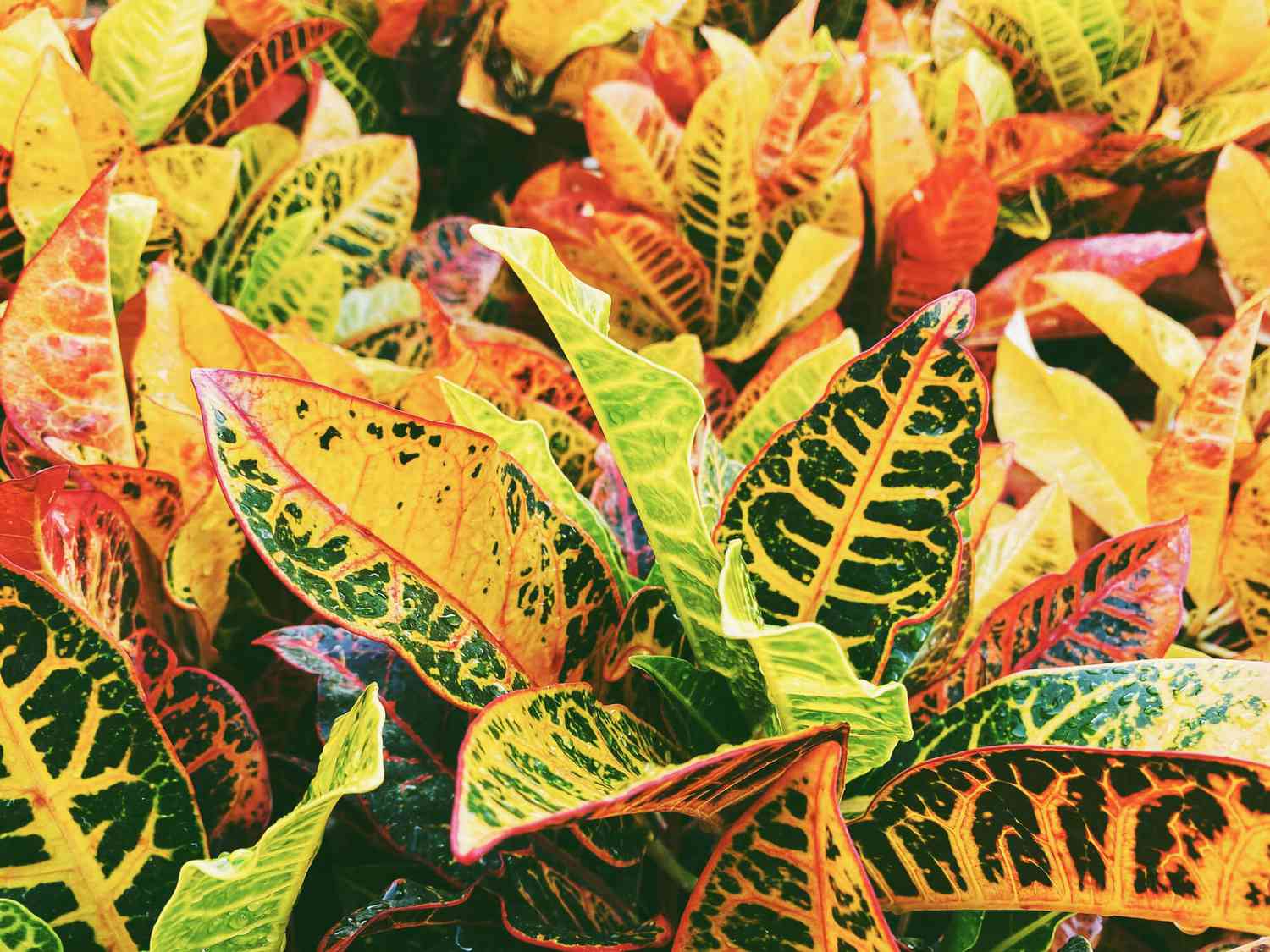
Crotons, which naturally occur in the globe’s Western Pacific, fare best in similar climates. «Here in Houston and Austin, as soon as we hit 31 degrees, they’re going to be toast,» Alexander shares. He also notes that in the American South, crotons are displayed in the fall because of their seasonal colors. «They’re used in pots, around pumpkins, in pine straw, and all sorts of things to make your Halloween and fall vignette,» he says.
Vines
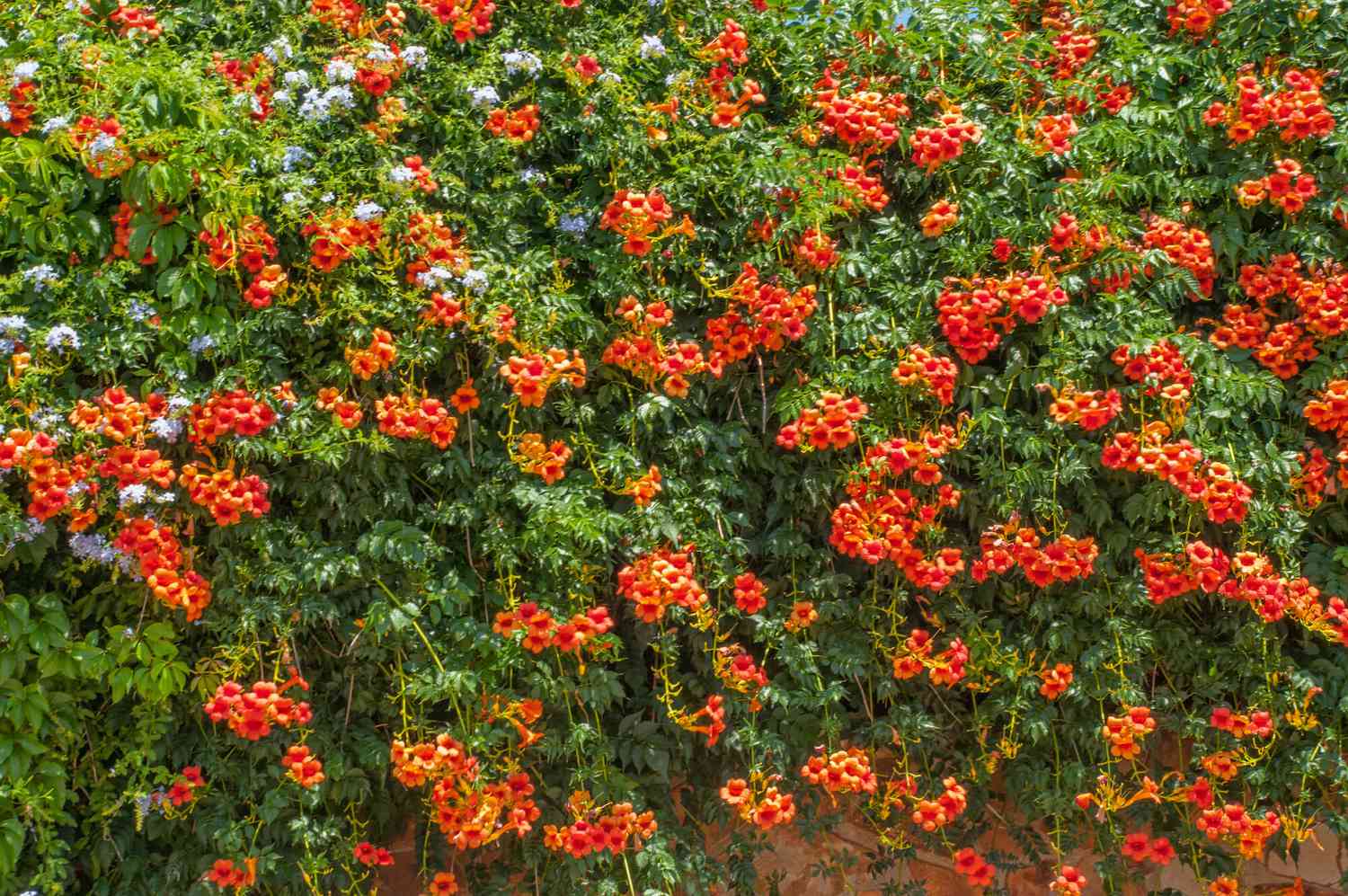
Vines can make for a lovely entryway as they wrap around a gazebo, trellis, or arbor. Trumpet vines are a great choice for those living in zones four through ten, meaning that they have a higher cold tolerance. Bonus? They’re absolutely delightful with swooping, abundant flowers in sherbet tones. Another option is the yellow butterfly vine with its bright, sunny flowers and chartreuse-colored pods that resemble the insect. You might also consider the passion vine, which produces delicate purple flowers with exquisite centers.
Mandevilla
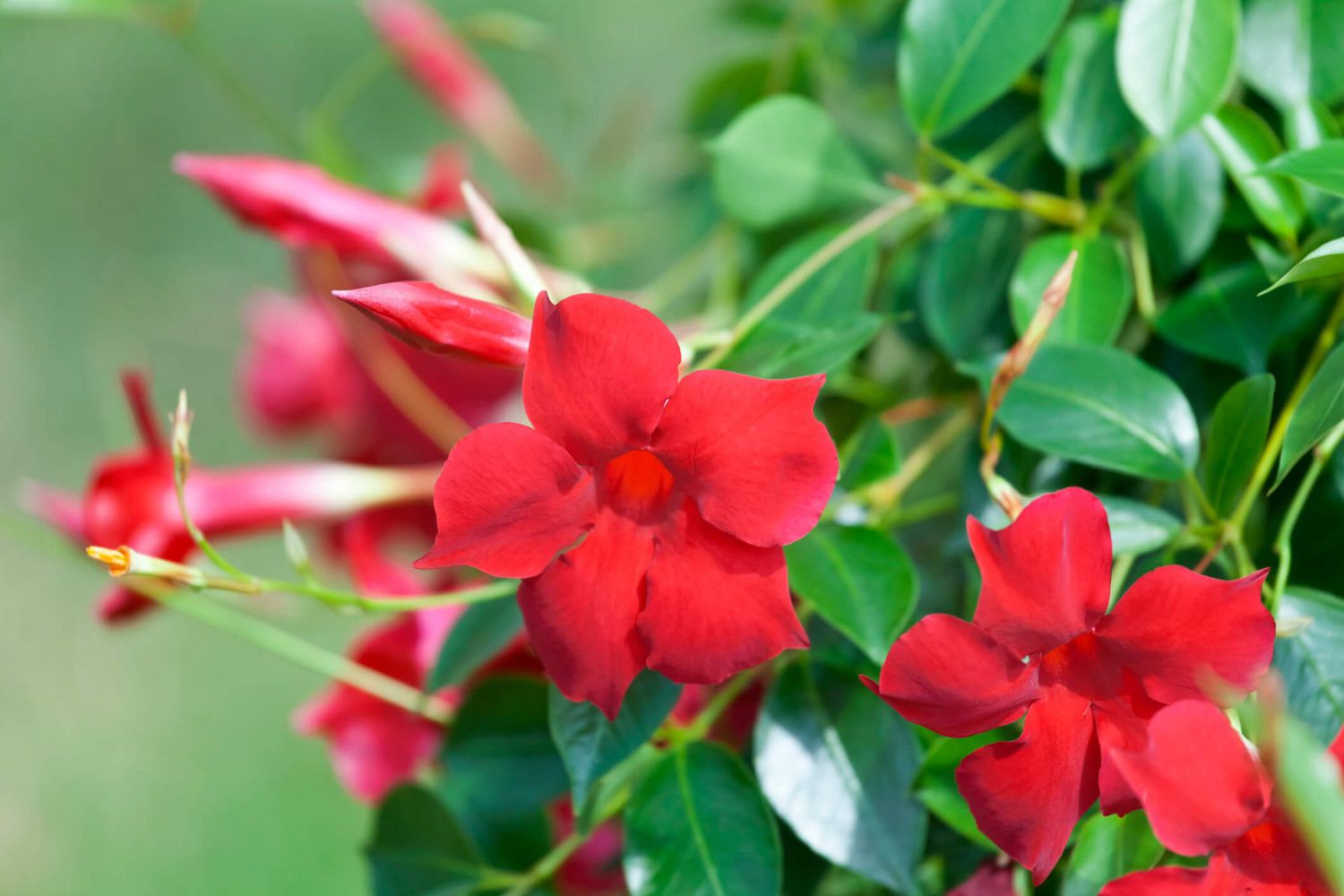
Mandevilla vines are stunners with delicate petals in a many of colors. With varieties like Chilean jasmine, sun parasol crimson, and pink parfait (a unique, double-petaled variation), they’re hard to resist. However, they have a low cold tolerance and are best suited for zones 10 and 11. If you live in parts of Florida, this is the flower for you.
Ixora
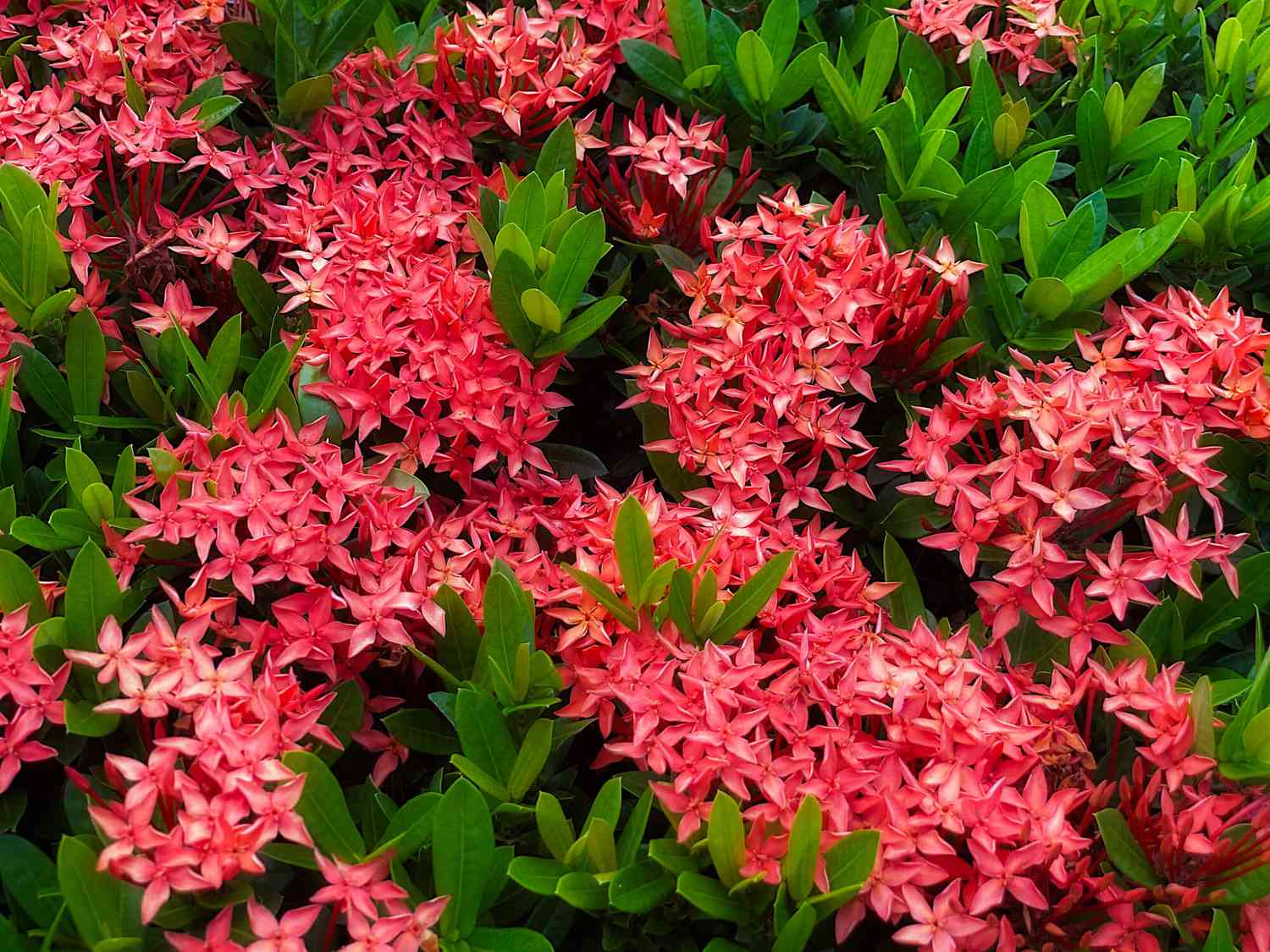
Ixora shrubs produce clusters of flowers in happy shades with velvety petals and glossy leaves. Think intense, tropical hues of red, pink, and orange—in the right climate, the ixora will easily become a hedge. Note that they do require a lot of watering and do best in zones 10 and 11.
Was this page helpful?
Thanks for your feedback!
Tell us why!